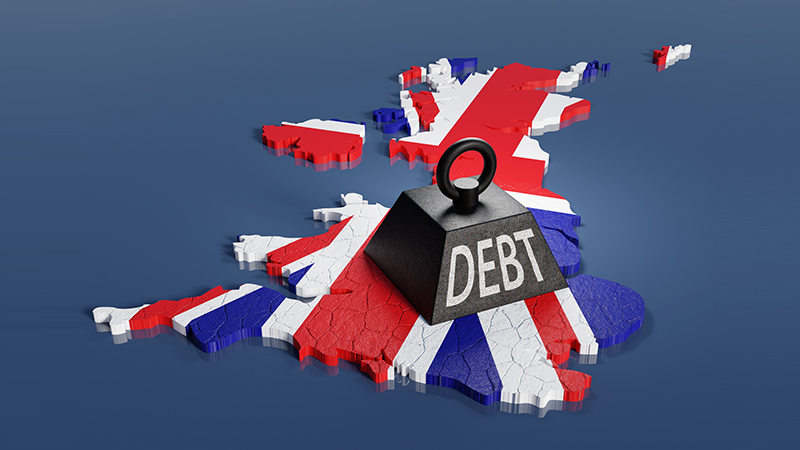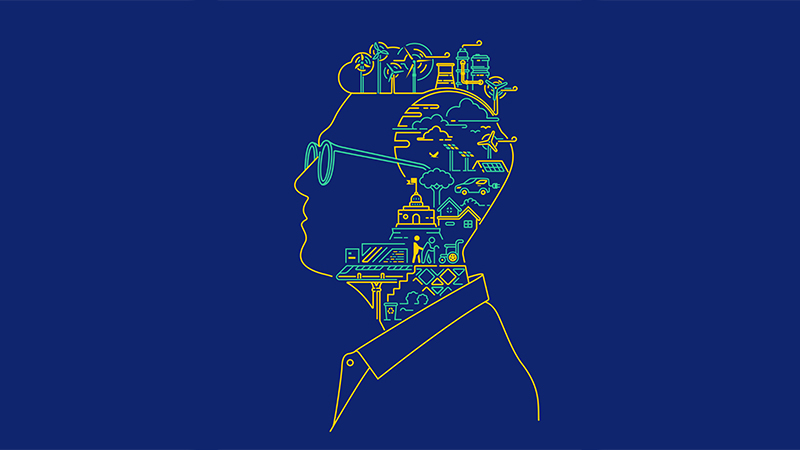We will know it when overall consumption dollars continue to climb while the unemployment rate falls, the savings rate remains high and consumption as a percentage of GDP stays flat (or even falls).
Increased consumption spending fuelled by more Americans working (and saving) is a good thing and should be a goal of policymakers. Consumption fuelled by temporary stimulative policies or reduced savings is just a nasal decongestant. It makes the headline economic data look better, but doesn’t move us closer to actually healing our economy.
So what now for investors?
Until we see sustainable, real economic growth here in the US, we believe equity investors should consider high quality global companies with strong balance sheets that are selling into higher growth markets.
Investors should carefully scrutinise the assumptions underlying consumer discretionary stocks. Markets are used to assuming companies and industries can automatically return to trend growth once an economic shock has passed. Just as there is no reason to assume household debt levels will continue to climb, there is also no reason to assume companies that benefitted from that debt-fuelled spending will grow at historical rates.
The US auto sector is a good example. The current recovery in auto sales is both a combination of replacement demand and increased loan availability. But if the American consumer is secularly impaired (or perhaps liberated from the weight of ever-increasing debt), total car ownership per household could decline in the long run, limiting the scope for a rebound.
Resuming peak sales in the 18 million units range will likely take a long time, driven by population growth rather than household debt.
Bottom line diagnosis: Nyquil may be the night-time, sniffling, sneezing, coughing, aching, stuffy head, fever, so you can rest medicine – but you might still wake up with a cold.
This article was written by Neeal Kashkari, head of global equities, Pimco










